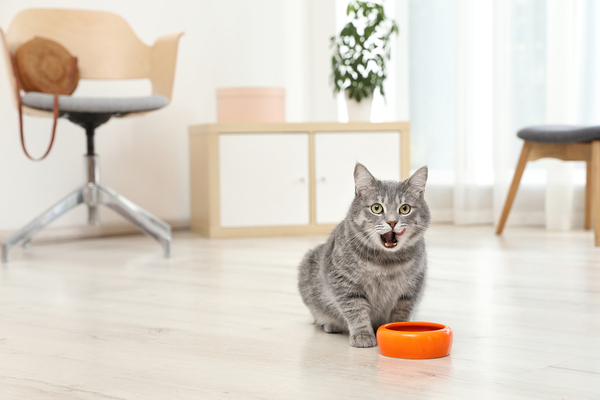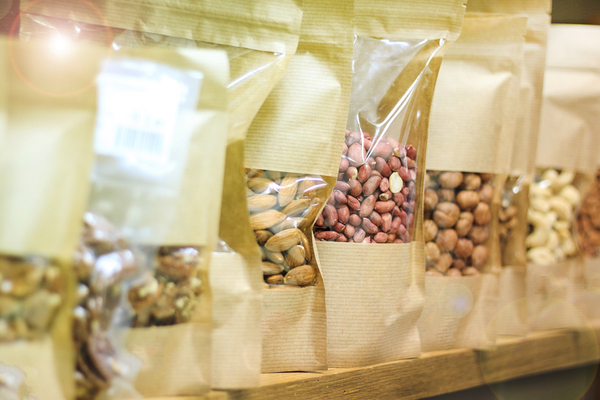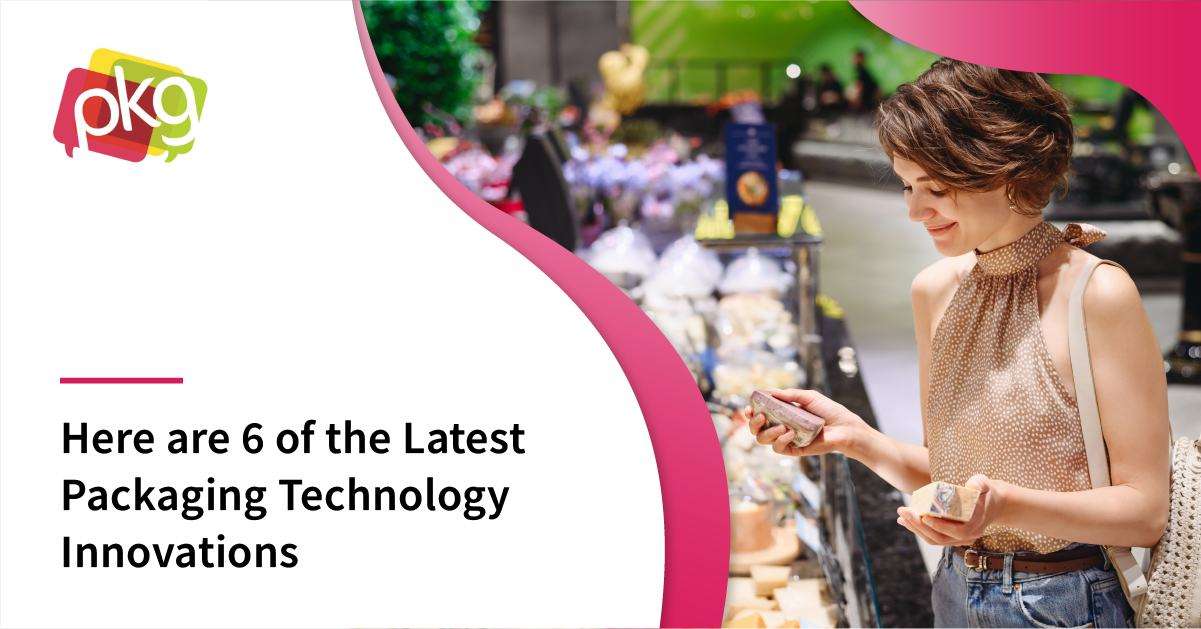Consumer demands have expanded beyond products themselves to encompass the packaging that surrounds those products.

To be fair, consumers have never liked inconvenient, hard-to-breach, or excessive packaging, but never has there been the range of alternatives available today. Given two closely similar products at similar prices, consumers are naturally drawn to the choice with packaging that is attractive, protective, easy to use, and sustainable. Flexible packaging answers these needs wonderfully for a range of consumer packaged goods, and that’s why flexible packaging is an extremely popular choice of CPG brands in 2019.
Why Brands and Retailers Like Flexible Packaging
Flexible packaging, including the popular “box bags,” which are stiff-sided bags that stand upright, appeals to brands in snack food, pet food, breakfast food, and many other spaces. Because of the shape of these flexible bags, they have a low center of gravity and don’t tip over easily, and if one tips over, it’s less likely that an entire row will tip over at once. They can simplify the packaging process compared to older packaging methods where a plastic bag would be filled and sealed, and then be packaged inside a cardboard box.At the same time, flexible stand-up pouches take up less space on retail shelves, so more product can be stocked.
Why Consumers Like Flexible Packaging
Flexible packaging that can be resealed is tremendously inviting to consumers, who won’t have to worry about finding bag clips or repackaging contents to keep it fresh. A flexible, stand-up pouch for granola, for example, is easier to use than a non-resealable plastic bag inside a box. Plus, it keeps the product fresher.

Many flexible packaging options today offer transparent sides or windows, so consumers can see the product inside, reassuring themselves of product quality before they buy. And although some flexible packages can be recycled, those that are discarded take up less space in trash containers than do older forms of packaging.
How Sustainability Fits into the World of Flexible Packaging Design
Flexible packaging helps brands keep packaging to a minimum, which in itself promotes sustainability. Moreover, new multi-layer films are being developed that are recyclable and even biodegradable. Curbside recycling in most places has not expanded to include recycling of flexible packaging, but that doesn’t mean it’s impossible. Some flexible packaging can be dropped off by consumers at stores that participate in the How2Recycle store drop-off program, offering sustainability-focused consumers an option other than discarding flexible packaging.
New films are being developed from biodegradable materials like seaweed, and some edible packaging materials are being developed for packaging products like sports drinks and sauces. With some 37% of landfill material consisting of discarded packaging materials, consumers are working to build sustainability into their own lives and demanding it from the brands that produce their favorite products.
Flexible packaging makes sense for many CPG brands and for consumers because they perform as they are required to while reducing excess packaging. Flexible packages are convenient to use, and they produce less waste. Expect flexible packaging designs to continue to grow in popularity this year and beyond. PKG Brand Design is always on the forefront of new CPG branding and packaging initiatives; please subscribe to our blog for the latest package design industry news!







